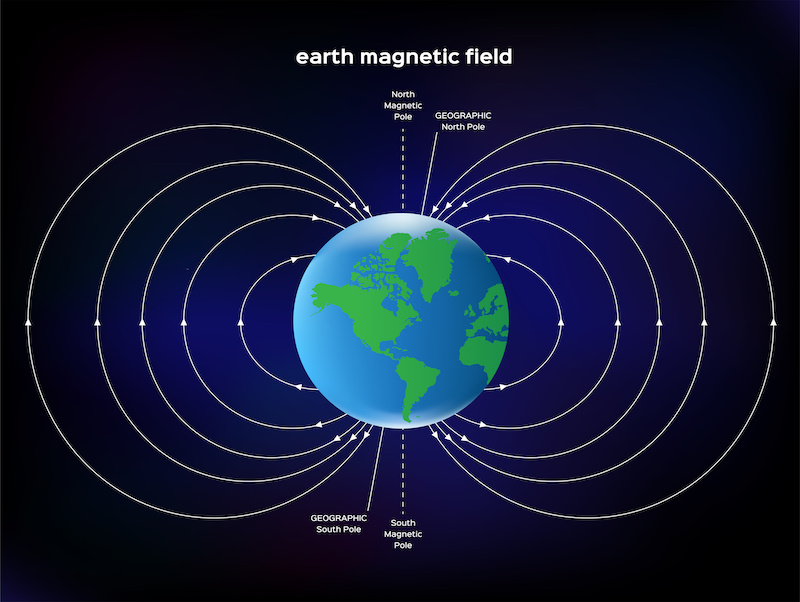Videonystagmography (VNG)
We offer testing for hearing loss, vertigo and other disorders.
VNG helps diagnose
conditions including:
• Vestibular disorders that cause hearing loss, dizziness and more.
What is videonystagmography (VNG)?
Videonystagmography (VNG) is a test that measures a type of involuntary eye movement called nystagmus. These movements can be slow or fast, steady or jerky. Nystagmus causes your eyes to move from side to side or up and down, or both. It happens when the brain gets conflicting messages from your eyes and the balance system in the inner ear. These conflicting messages can cause dizziness.
You can briefly get nystagmus when you move your head a certain way or look at some types of patterns. But if you get it when you don’t move your head or if it lasts a long time, it may mean you have a disorder of the vestibular system.
Your vestibular system includes organs, nerves, and structures that are in your inner ear. It is your body’s main center of balance. The vestibular system works together with your eyes, sense of touch, and brain. Your brain communicates with the different systems in your body to control your balance.
Other names: VNG
What is it used for?
VNG is used to find out if you have a disorder of the vestibular system (the balance structures in your inner ear) or in the part of the brain that controls balance.
Why do I need a VNG?
You may need a VNG if you have symptoms of a vestibular disorder. The main symptom is dizziness, a general term for different symptoms of imbalance. These include vertigo, a feeling that you or your surroundings are spinning, staggering while walking, and lightheadedness, a feeling like you are going to faint.
Other symptoms of a vestibular disorder include:
- Nystagmus (involuntary eye movements that go side to side or up and down)
- Ringing in the ears (tinnitus)
- Feeling of fullness or pressure in the ear
- Confusion
What happens during a VNG?
A VNG may be done by a primary health care provider or one of the following types of specialists:
- An audiologist, a health care provider who specializes in diagnosing, treating, and managing hearing loss
- An otolaryngologist (ENT), a doctor specializing in treating diseases and conditions of the ears, nose, and throat
- A neurologist, a doctor specializing in diagnosing and treating disorders of the brain and nervous system
During a VNG test, you will sit in a dark room and wear special goggles. The goggles have a camera that records eye movements. There are three main parts to a VNG:
- Ocular testing. During this part of the VNG, you will watch and follow moving and nonmoving dots on a light bar.
- Positional testing. During this part, your provider will move your head and body in different positions. Your provider will check if this movement causes nystagmus.
- Caloric testing. During this part, warm and cool water or air will be put in each ear. When cold water or air enters the inner ear, it should cause nystagmus. The eyes should then move away from the cold water in that ear and slowly back. When warm water or air is put in the ear, the eyes should move slowly toward that ear and slowly back. If the eyes don’t respond in these ways, it may mean there is damage to the nerves of the inner ear. Your provider will also check to see if one ear responds differently from the other. If one ear is damaged, the response will be weaker than the other, or there may be no response at all.
Will I need to do anything to prepare for a VNG?
You may need to make changes in your diet or avoid certain medicines for a day or two before your test. Your health care provider will let you know if there are any special instructions to follow.
Excerpted from Medline Plus. The US. National Library of Medicine.
5-STAR YELP REVIEWS
"Dr. Nielsen is a godsend! Her expertise with brain healing and ALL the latest and greatest technology is what we needed." — Frances B., Los Gatos, CA
"She is the only one that I trust with mu family. Can't recommend her enough!
—Kevin W., San Jose, CA
"Dr. Nielsen has my highest recommendation and utmost respect."
—Ed A., San Jose, CA

Dr. Marianne Nielsen, DC, DACNB
Licensed Chiropractic Neurologist
Thank you for visiting my website. I'm excited to help you with your health issues. Please follow the link to request a free consultation.
LOS GATOS OFFICE
718 University Ave., Suite 110
Los Gatos, CA 95032
Open: Mon|Tues|Fri
Hours: 10am-6pm
HOLLISTER OFFICE
Address Provided at Booking
Hollister, CA
Open: Wed | Thu
Hours: By Appointment Only
PHONE
(408) 395-6995
Marianne Nielsen Chiropractic Neurology is one of the innovative chiropractic neurology centers in the San Francisco Bay Area. The office serves the communities of Los Gatos, Saratoga, Monte Sereno, Santa Cruz, San Jose, Sunnyvale, Mountain View, Santa Clara, Milpitas, Palo Alto, and more.
Sitemap
Terms of Use
© 2025 Dr. Marianne Nielsen Chiropractic Neurology. All rights reserved.
BLOG

How Harnessing the Earth’s Magnetic Fields Help Heal the Body
Part I of our EMF Blog Series. Did you know that magnetic fields have been used therapeutically since as early as 4000 BCE? And, that over the centuries, our understanding of why magnetic therapies work has dramatically evolved to the point that it is used in...
